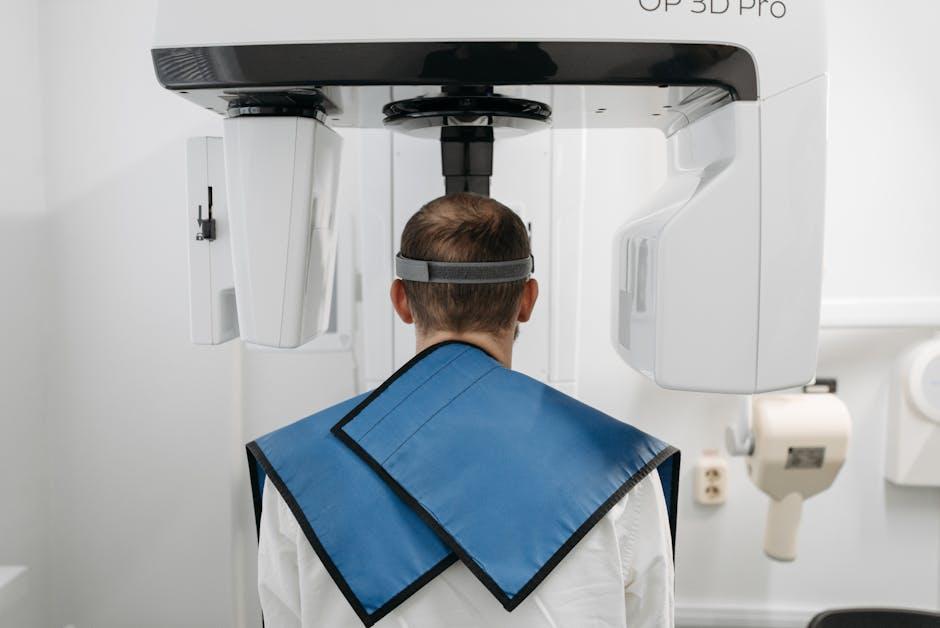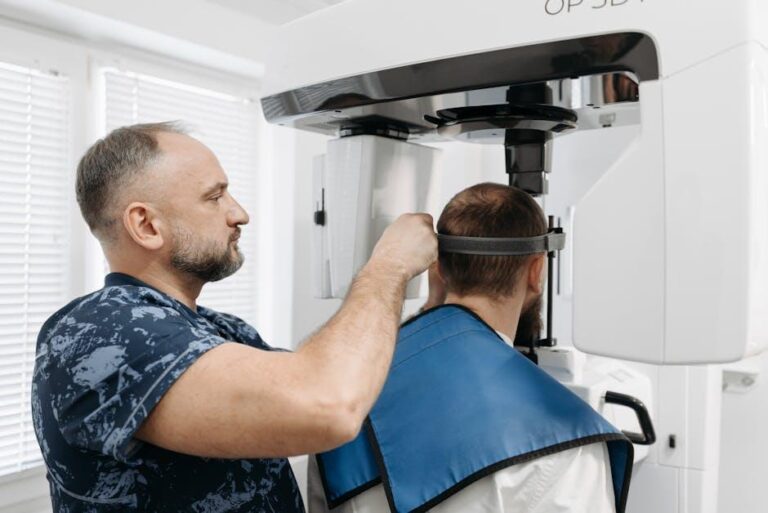
3D Scans & Future Dental Tech with Zelko Relic, Align Technology – TechInformed
The dental industry is witnessing a digital revolution, and at the forefront of this change is the integration of 3D scanning technology that promises not only precision but also patient-friendly experiences. In this article, we explore the insights shared by Zelko Relic from Align Technology, a pioneering company in digital orthodontics, about how 3D scans and future dental technologies are shaping modern dentistry.
Introduction to 3D Scanning in Dentistry
Traditional dental impressions, often uncomfortable and time-consuming, are being replaced by advanced 3D scanning technology. These innovative systems capture detailed images of patients’ teeth and gums quickly and accurately, offering a digital map for customized treatment plans.
Align Technology, known worldwide for Invisalign® clear aligners, has leveraged 3D scans to revolutionize orthodontic and general dental care. Zelko Relic, a leading expert at Align Technology, sheds light on how these digital tools are transforming patient outcomes.
What Are 3D Dental Scans?
3D dental scans utilize intraoral scanners that create detailed digital impressions of a patient’s oral cavity. Instead of physical molds, scanners generate a highly accurate 3D model that dentists can use for diagnostics, treatment planning, and fabrication of appliances.
- Non-invasive: Comfortable and quick digital capture.
- Accuracy: High precision reduces errors in traditional impressions.
- Efficiency: Speeds up workflows for dentists and labs.
- Patient Engagement: Visual digital models enhance patient understanding.
How Align Technology Integrates 3D Scans
Zelko Relic explains that Align Technology’s digital workflows are built around highly accurate 3D scans that form the foundation of their entire treatment planning suite. Their proprietary iTero® scanner is widely used by dental professionals to capture digital impressions that help create customized Invisalign aligners and other dental restorations.
The Future of Dental Technology: Key Innovations
Looking beyond current applications, Zelko highlights several future trends in dental technology rapidly evolving thanks to 3D scanning and related digital tools:
- Artificial Intelligence (AI) Integration: Enhancing diagnostic accuracy and treatment planning through machine learning algorithms.
- Augmented Reality (AR) & Virtual Reality (VR): Assisting dentists in visualizing treatment outcomes and immersing patients in interactive consultations.
- Automation in Manufacturing: 3D printed aligners and prosthetics tailored with higher speed and precision.
- Tele-dentistry & Remote Monitoring: Digital scans enabling remote diagnosis and virtual follow-ups.
- Improved Scanner Portability: Lightweight, mobile scanners enhancing in-office flexibility and ease of use.
Benefits of 3D Scans & Digital Dental Technologies
Adopting 3D scanning and emerging dental tech provides advantages across the board for both practitioners and patients. Here’s a quick overview:
| Benefit | Description |
|---|---|
| Enhanced Precision | Minimizes errors in impressions and restorations, improving treatment outcomes. |
| Patient Comfort | Eliminates mess and discomfort associated with traditional molds. |
| Reduced Chair Time | Faster scans mean shorter visits and less patient fatigue. |
| Streamlined Workflow | Digitally connects dentists, labs, and orthodontic teams for efficiency. |
| Customizable Treatments | Enables tailored therapies with exact fit and optimized function. |
Case Study: Invisalign Treatment Enhanced by 3D Scanning
A recent case study shared by Zelko Relic shows how a patient with moderate crowding achieved excellent results through digital scanning technologies:
- Initial iTero scan captured an exact, full-arch digital impression within minutes.
- AI-driven treatment simulation helped predict tooth movement and final alignment.
- Customized aligners manufactured using 3D printers provided optimal fit.
- Remote monitoring via mobile app allowed the dentist to track progress between visits.
- The entire treatment concluded weeks earlier than conventional methods.
Practical Tips for Dental Professionals Implementing 3D Scans
Zelko Relic offers some practical advice for clinics looking to integrate 3D scanning into everyday practice:
- Invest in Staff Training: Proper scanner operation ensures efficiency and reduces retakes.
- Leverage Software Tools: Use available AI and visualization features to enhance diagnosis.
- Optimize Patient Communication: Share 3D visualizations to explain procedures clearly.
- Maintain Scanner Hygiene: Follow disinfection protocols to protect patient safety.
- Collaborate Digitally: Connect with labs and specialists using cloud platforms for faster turnaround.
First-Hand Experience: Zelko Relic on Digital Transformation in Dentistry
“The transition from analog to digital is no longer a question of if, but when,” Zelko remarks. His firsthand experience at Align Technology underlines how embracing 3D scans does not just improve clinical accuracy but builds deeper trust with patients by involving them in every step visually and interactively.
He further observes that the most successful dental practices are those willing to invest in digital tools today to future-proof their clinics and offer superior patient care in an increasingly tech-driven marketplace.
Conclusion: Embracing the Future of Dental Care
3D scanning technology, championed by innovators like Zelko Relic and companies such as Align Technology, is reshaping the landscape of dental treatment. From improving diagnostic precision to enabling remote care and personalized therapies, future dental tech promises a streamlined, patient-centered experience.
For dental professionals and patients alike, staying informed and adopting these state-of-the-art tools will be key to unlocking higher standards of care, greater comfort, and optimized outcomes. As the technology continues to evolve rapidly, the future of dentistry looks digitally bright—and 3D scans are just the beginning.


